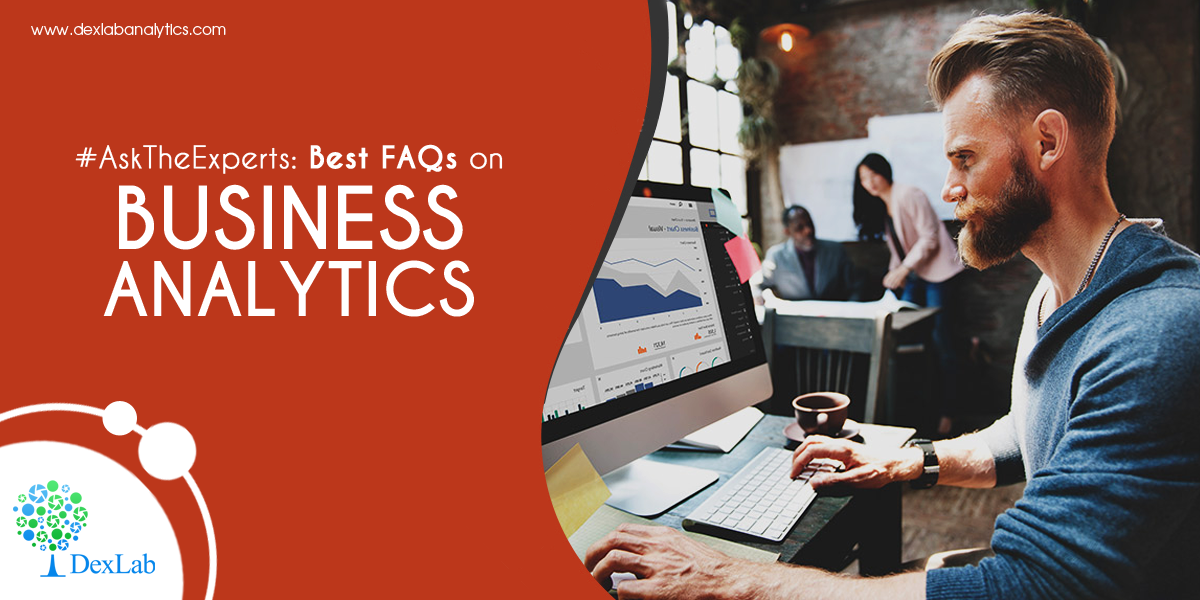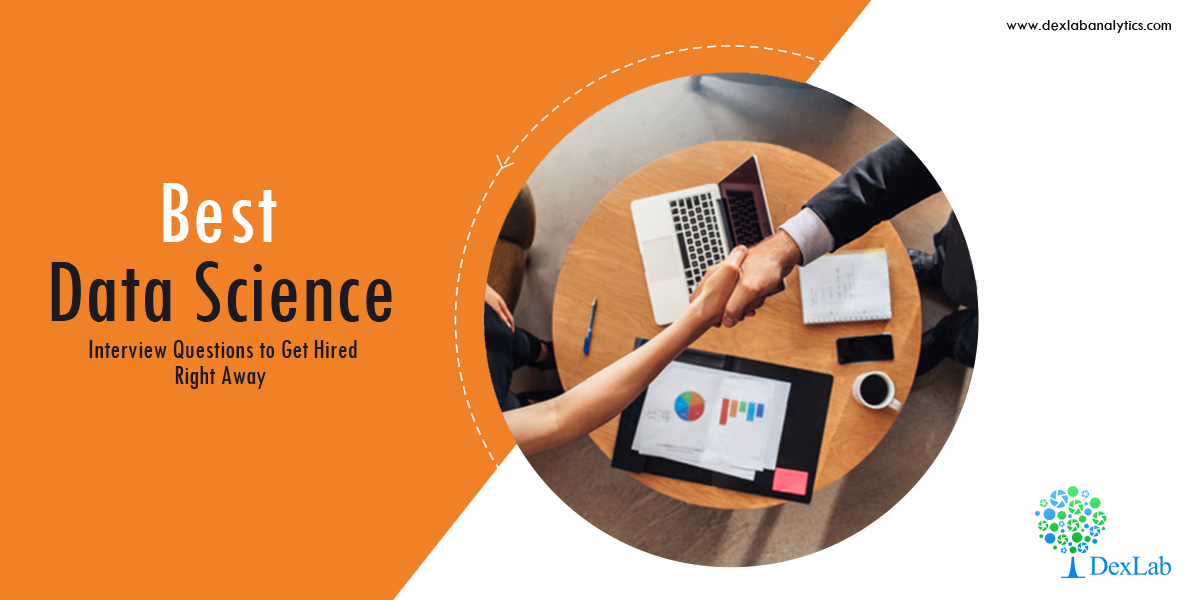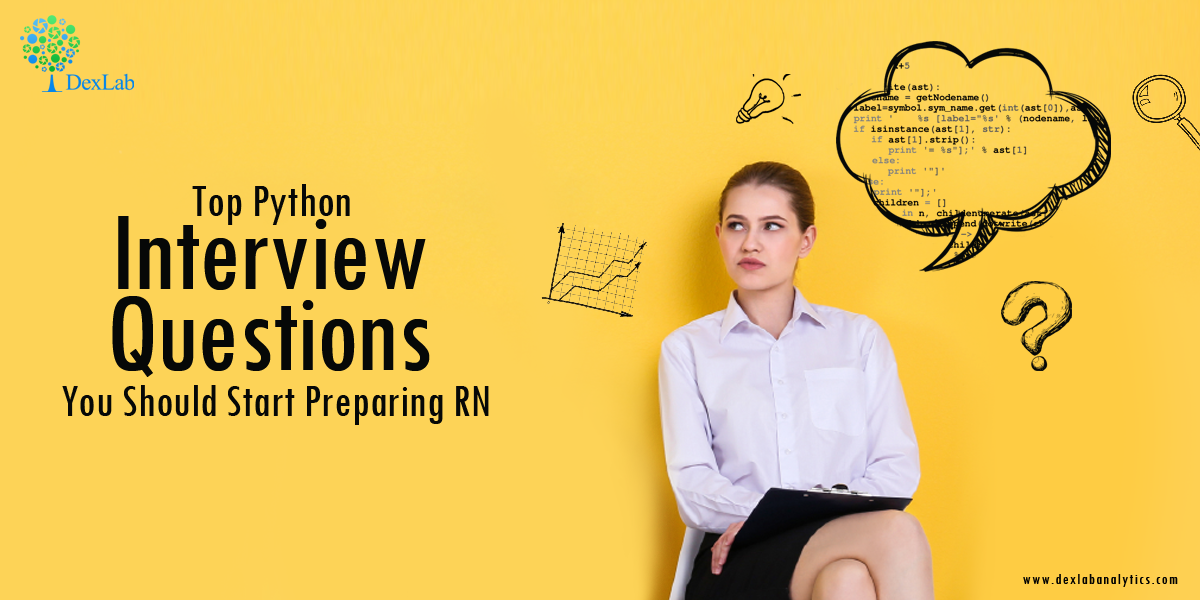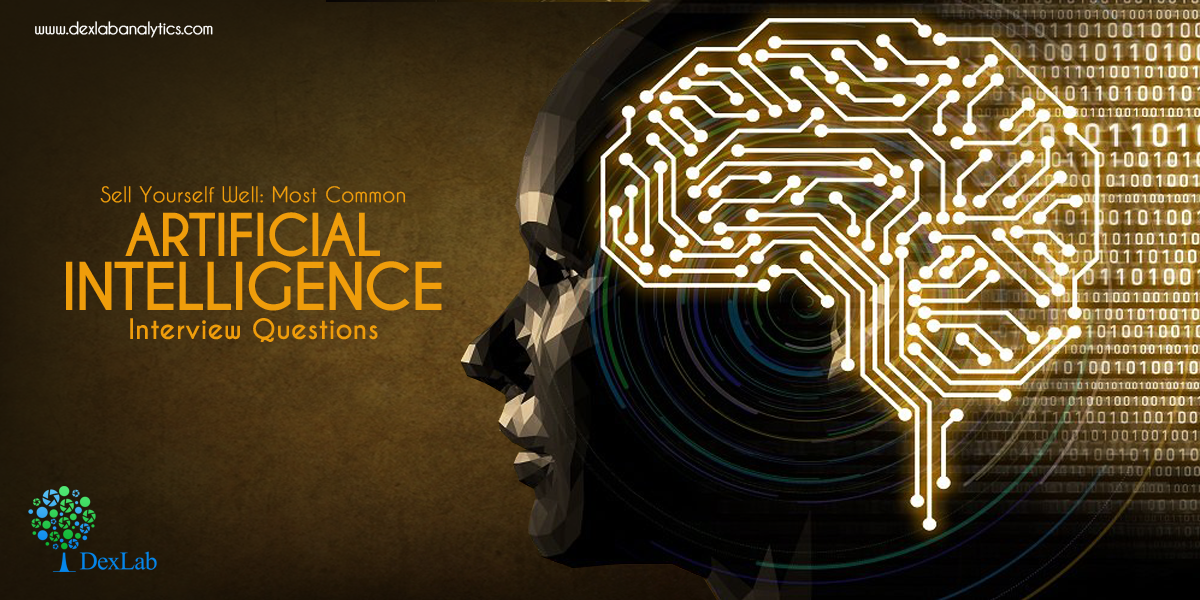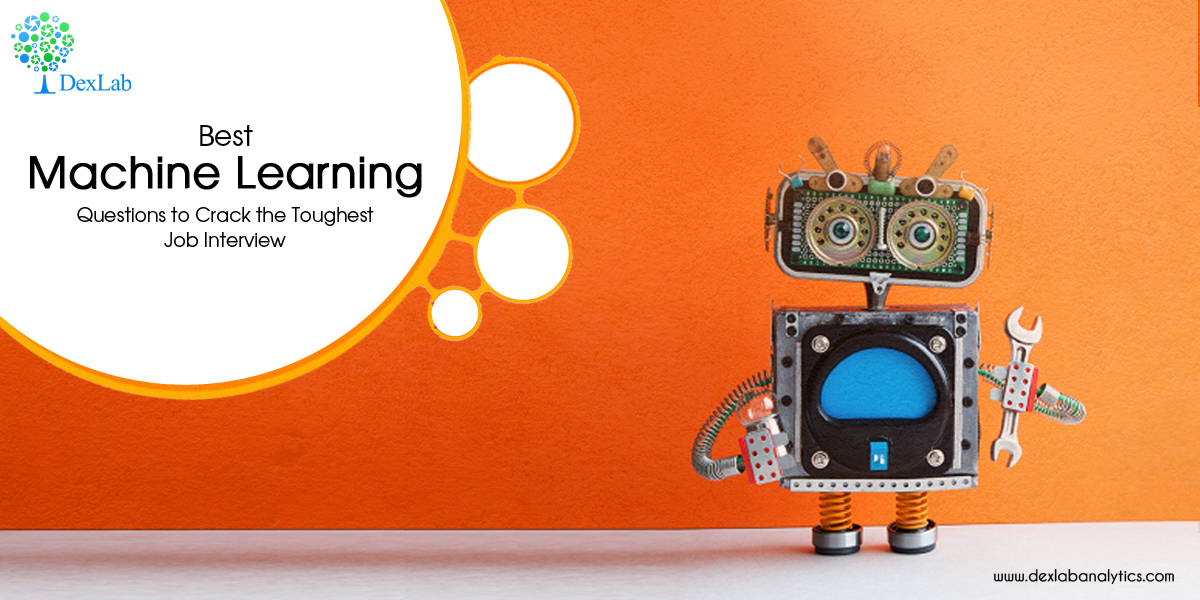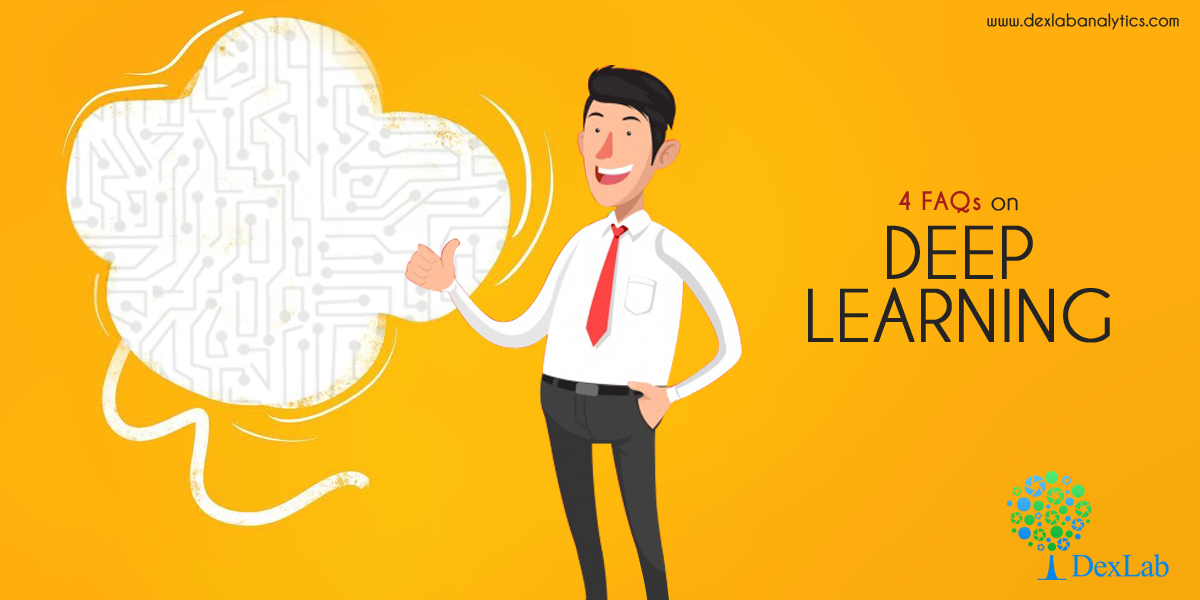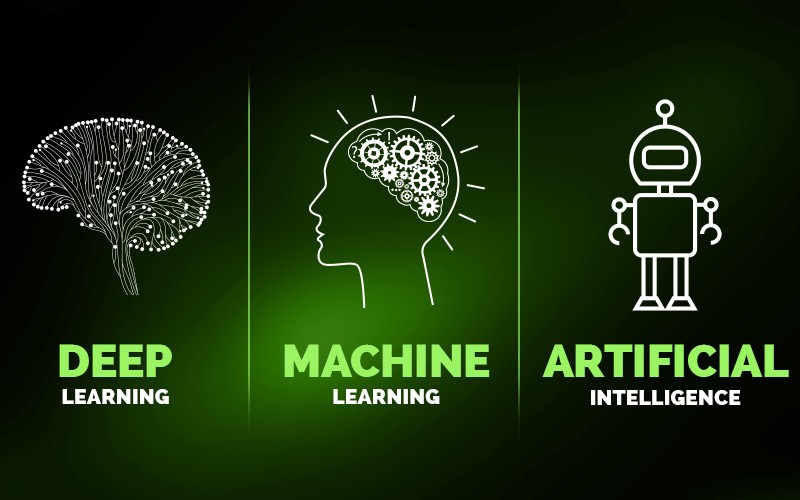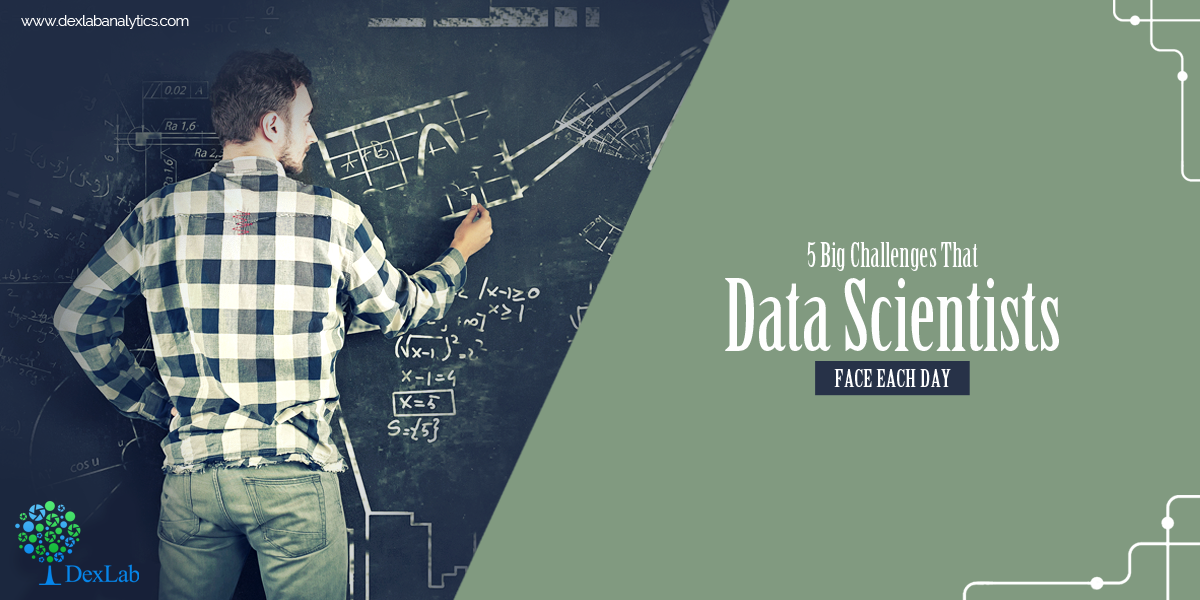
For more than three decades, MS Excel has been wooing us all. Thanks to its incredible features that help users analyze data, easily and quickly!
Spreadsheets are popular, more than ever before. Companies prefer conducting Excel interviews – it ensures job applicants are qualified and well-versed in using Excel – before job confirmations.
Now, without further ado, we’ll provide you the 4 most common Excel interview questions that recruiters ask for sure. Pore over them – a little bit of advance preparation doesn’t hurt, does it?! It’s better to be confident on interview day than being completely vague about the questions shot at you!
What are important data formats found in Excel, and how are they used?
Some of the most popular data formats in Excel are given below:
- Numbers – They are one of the most widely seen data types in Excel. They are mostly formatted with a customized number of decimal places, and can be seen with or without commas separating thousands of digits.
- Dates – They are displaced in Excel in numerous ways, including the most conventional US style MM/DD/YYYY format. Technically, they are stored as numbers and can be manipulated through a bunch of date-based functions.
- Strings – Text is mainly stored in Excel in the form of strings. It’s format which includes standard characters, like numbers, letters and punctuation.
DexLab Analytics offer excel certification in Gurgaon – check out the course itinerary now!
Define a function in Excel.
Functions come secondary when you are a regular Excel user. For so many times, you have used SUM, VLOOKUP and AVERAGE that you mostly have even forgotten using a function while creating spreadsheets.
Now, a function is like a slew of components – which when mixed in the right way turns out something effective and more useful. The name of the function defines the purpose of the function, like what it does – for example, a SUM or an AVERAGE.
The arguments of the function refer to the components that go into it. And the output of the function is whatever useful comes out the other side.
Highlight the order of operations while evaluating formulas in Excel.
For this, we’ve the acronym PEMDAS – it’s widely taught in mathematics classes around the world, and that’s what Excel follows. The full form of PEMDAS is:
- Parentheses
- Exponents
- Multiplication
- Division
- Addition
- Subtraction
What distinguishes absolute cell references from relative cell references? And when should you use each of them?
Cell reference is touted as one of the most remarkable features of MS Excel. It lets users include values of external cells in formulas dynamically, instead of working on values manually. Talking of the differences, relative cell references change dynamically while they are copied and pasted in a sheet, whereas, absolute cell references remain fixed when they are copied and pasted to other places in a sheet. The latter can be used on anywhere, on columns, rows or both at the same time. It’s mostly denoted with the $ sign.
Hope these questionnaire set help you prepare for the upcoming MS Excel interview – for more intensive knowledge and Excel expertise, take up our Advanced Excel Course in Noida. Seasoned industry specialists, encompassing course curriculum and convenient prices are the USP of our training. For more information, drop by our homepage.
The blog has been sourced from — www.deskbright.com/excel/excel-interview-questions
Interested in a career in Data Analyst?
To learn more about Data Analyst with Advanced excel course – Enrol Now.
To learn more about Data Analyst with R Course – Enrol Now.
To learn more about Big Data Course – Enrol Now.To learn more about Machine Learning Using Python and Spark – Enrol Now.
To learn more about Data Analyst with SAS Course – Enrol Now.
To learn more about Data Analyst with Apache Spark Course – Enrol Now.
To learn more about Data Analyst with Market Risk Analytics and Modelling Course – Enrol Now.

